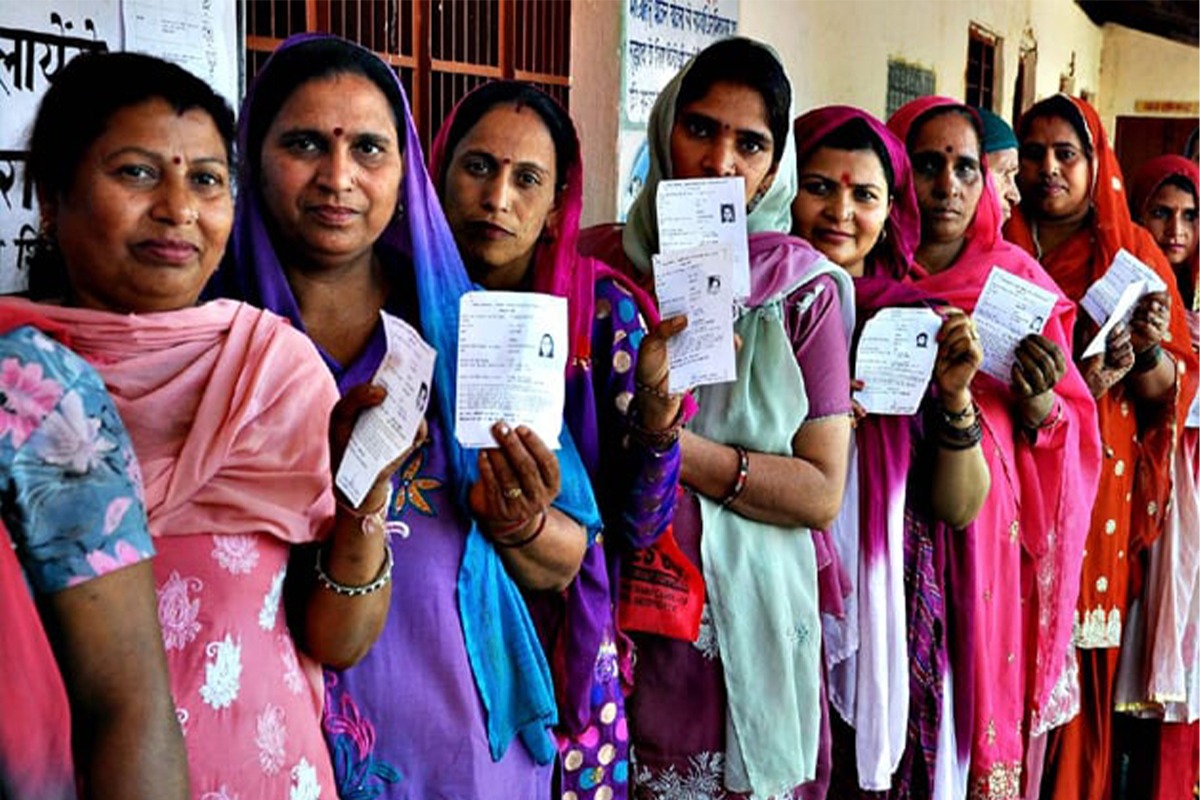KOLKATA:
Madhya Pradesh witnessed a surge in voter turnout as citizens cast their votes for all 230 seats on November 17, surpassing the figures from the previous Assembly polls. A total of 2,533 candidates, from various parties, contested in the election, vying for the support of 56,060,926 eligible voters. Among them, 28.7 million were male, 27.1 million were female voters, and 1,373 were of the third gender.
While the Election Commission of India (ECI) is yet to announce the final polling percentage, Balaghat in MP recorded the highest turnout at 85.23 per cent, whereas Alirajpur had the lowest at 60.10 per cent.
Digging deeper into the data, Balaghat’s Katangi (constituency 113) and Paraswada (constituency 110) showed the highest voter participation, with 86.83 per cent and 86.37 per cent, respectively. Despite all Assembly constituencies recording above 83 per cent voter participation, Balaghat 111 had the lowest count at 83.84 per cent.
Psephologist Pradeep Bhandari, speaking to The New Indian, highlighted the significant role played by women voters in the increased turnout, particularly from rural areas. Bhandari projected a turnout of over 77 per cent, indicating a rise of two and a half to three per cent compared to the last election. He emphasised that attributing the increase to general anti-incumbency or pro-incumbency sentiment might not be accurate.
“The final percentage of voter’s turn out has not yet been finalised. HHowever, I am expecting a turnout of more than 77 per cent which means there is a minimum two-and-a-half to three per cent rise than the last time.
READ MORE: Chhattisgarh polls: Raipur constituency sees all-women managed polling booths
“The primary data on the ground shows that women voters turned up in large numbers and contributed to this rise in voting percentage. Hence generalising anti-incumbency or pro-incumbency may not be correct.
“Women have come out in large numbers to cast their vote, especially from rural areas. The Indian election is controlled, or the winner in the Indian elections is decided by women’s votes. Look at any election, be it 2014, 2019, or the assembly polls; it is the women’s vote that decides the verdict,” Bhandari noted.
Examining the historical perspective, Bhandari explained that the percentage of women voters was initially small but has steadily increased since the 90s, particularly after 2000. He attributed this change to the active participation of women in the electoral process, evolving into a decisive voting bloc.
READ MORE: Chhattisgarh’s second phase polling: BJP highlights scams, Congress emphasises schemes
“In the late 1950s and 60s, the women’s vote was not even 20/25 per cent of the main vote. As of now, the women’s vote has comparison, and more women turn up to cast their vote. The women come out in large numbers to vote because they have become active participants in the polling process; they have now started to become the veto vote,” he remarked.
He emphasised that women consider the benefits provided by candidates to them and their families while casting their votes. The impact of Prime Minister Narendra Modi’s schemes and the positive influence of Shivraj Singh Chouhan’s ‘Laadli Bahena’ in the state have contributed to this trend.
In the 2018 Assembly polls in Madhya Pradesh, Congress won 114 seats, BJP 109, BSP 2, and independents and others won 5 seats. Congress eventually formed the government with the support of BSP and independents. Shivraj Singh Chouhan won the Madhya Pradesh seat for the fourth time.
The result for all five states – Mizoram, Chhattisgarh, Madhya Pradesh, Rajasthan, and Telangana – will be declared on December 3.

